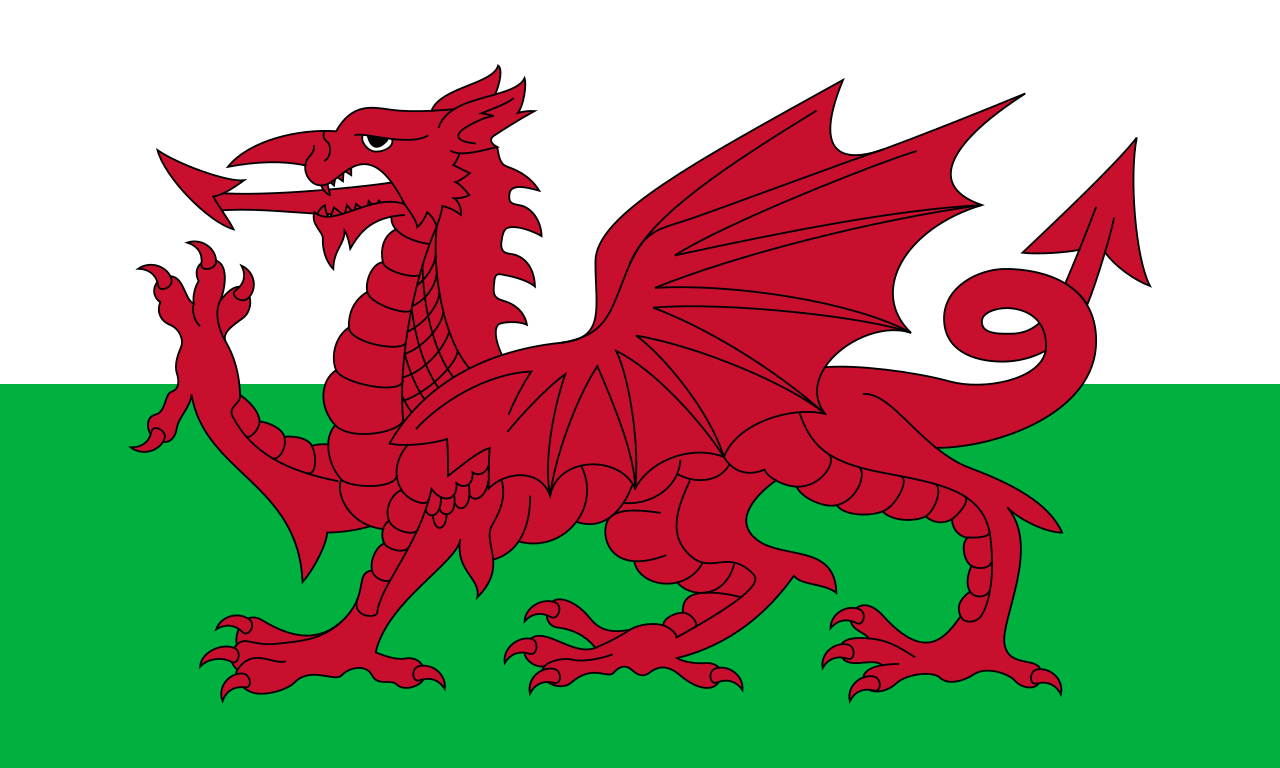
England and Wales: Occupancy rating for rooms
Location Type: England and Wales, ONS Geographic Code: K04000001
England and Wales added to comparison list.
Key Facts
| All Residents | 59,597,542 |
| Male | 29,177,340 |
| Female | 30,420,202 |
| Households | 24,783,199 |
| Population Density (people/km2) | 394.6 |
| Table Code | ts053 |
| Issued | 2023-01-06 |
| Unit of Measure | Household |
| Number of Response Options | 6 |
This dataset provides Census 2021 estimates that classify households in England and Wales by occupancy rating based on the number of rooms in the household. The estimates are as at Census Day, 21 March 2021.
Summary
Whether a household's accommodation is overcrowded, ideally occupied or under-occupied. This is calculated by comparing the number of rooms the household requires to the number of available rooms.
The number of rooms the household requires uses a formula which states that:
* one-person households require three rooms comprised of two common rooms and one bedroom
* two-or-more person households require a minimum of two common rooms and a bedroom for each person inline with the Bedroom Standard
People who should have their own room according to the Bedroom Standard are:
1. married or cohabiting couple
2. single parent
3. person aged 16 years and over
4. pair of same-sex persons aged 10 to 15 years
5. person aged 10 to 15 years paired with a person under 10 years of the same sex
6. pair of children aged under 10 years, regardless of their sex
7. person aged under 16 years who cannot share a bedroom with someone in 4, 5 or 6 above
An occupancy rating of:
* -1 or less implies that a household’s accommodation has fewer rooms than required (overcrowded)
* +1 or more implies that a household’s accommodation has more rooms than required (under-occupied)
* 0 suggests that a household’s accommodation has an ideal number of rooms
The number of rooms is taken from Valuation Office Agency (VOA) administrative data for the first time in 2021. The number of rooms is recorded at the address level, whilst the 2011 Census recorded the number of rooms at the household level. This means that for households that live in a shared dwelling, the available number of rooms are counted for the whole dwelling in VOA, and not each individual household.
VOA’s definition of a room does not include bathrooms, toilets, halls or landings, kitchens, conservatories or utility rooms. All other rooms, for example, living rooms, studies, bedrooms, separate dining rooms and rooms that can only be used for storage are included. Please note that the 2011 Census question included kitchens, conservatories and utility rooms while excluding rooms that can only be used for storage. To adjust for the definitional difference, the number of rooms required is deducted from the actual number of rooms it has available, and then 1 is added.
Quality Statement
It is inappropriate to measure change in number of rooms from 2011 to 2021, as Census 2021 used Valuation Office Agency data for this variable. Instead use Census 2021 estimates for number of bedrooms for comparisons over time.
| Occupancy rating for rooms: Total: All households | 24,783,200 |
|---|---|
| Occupancy rating of rooms: +2 or more | 11,353,779 |
| Occupancy rating of rooms: +1 | 6,617,591 |
| Occupancy rating of rooms: 0 | 5,259,982 |
| Occupancy rating of rooms: -1 | 1,282,316 |
| Occupancy rating of rooms: -2 or less | 269,532 |
 Bar chart not showing properly? Data with large numbers of options really needs a wider screen.
Try rotating your fondleslab into landscape mode and refreshing the page.
Bar chart not showing properly? Data with large numbers of options really needs a wider screen.
Try rotating your fondleslab into landscape mode and refreshing the page.

 England
England Wales
Wales Description
Description